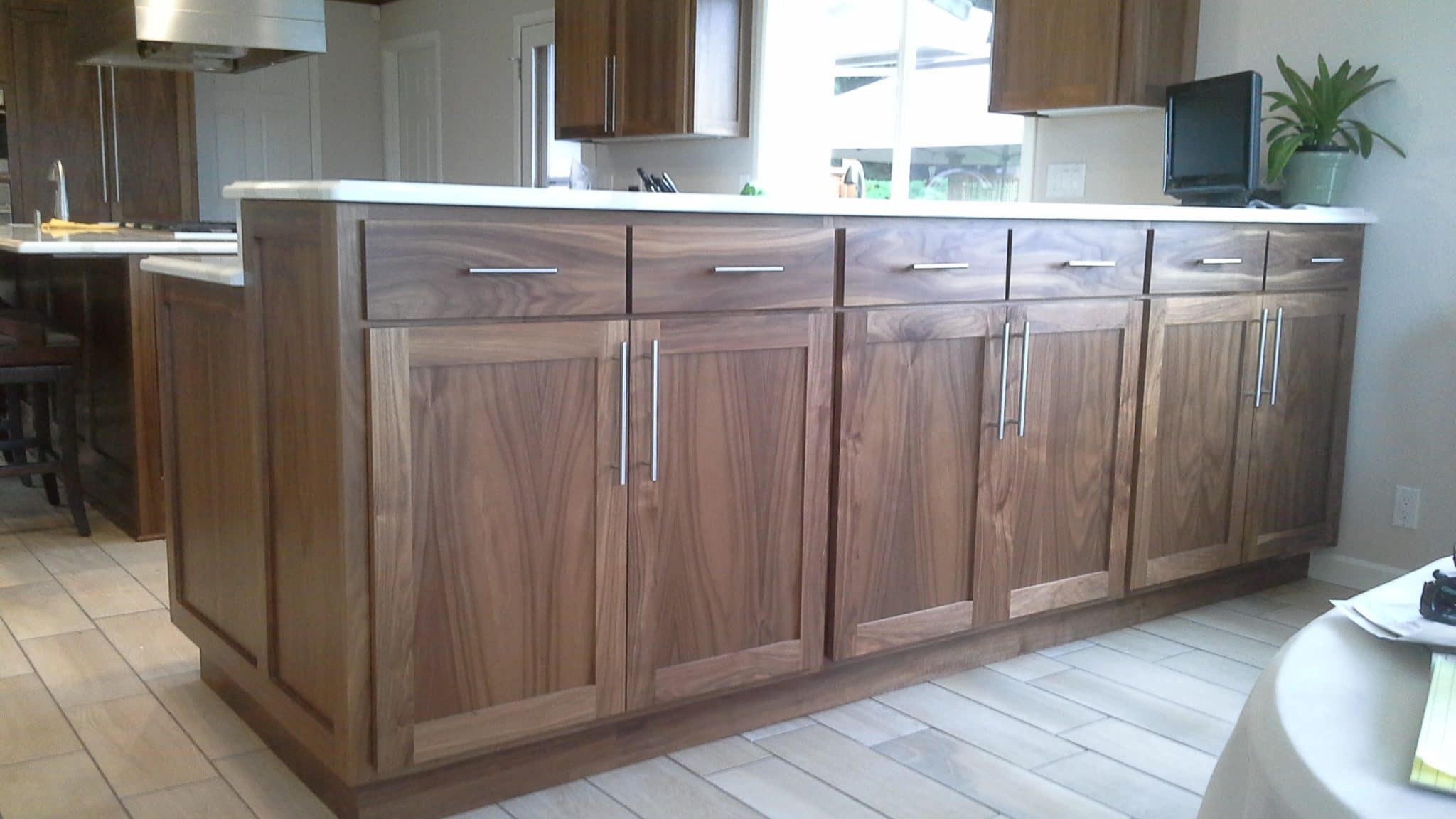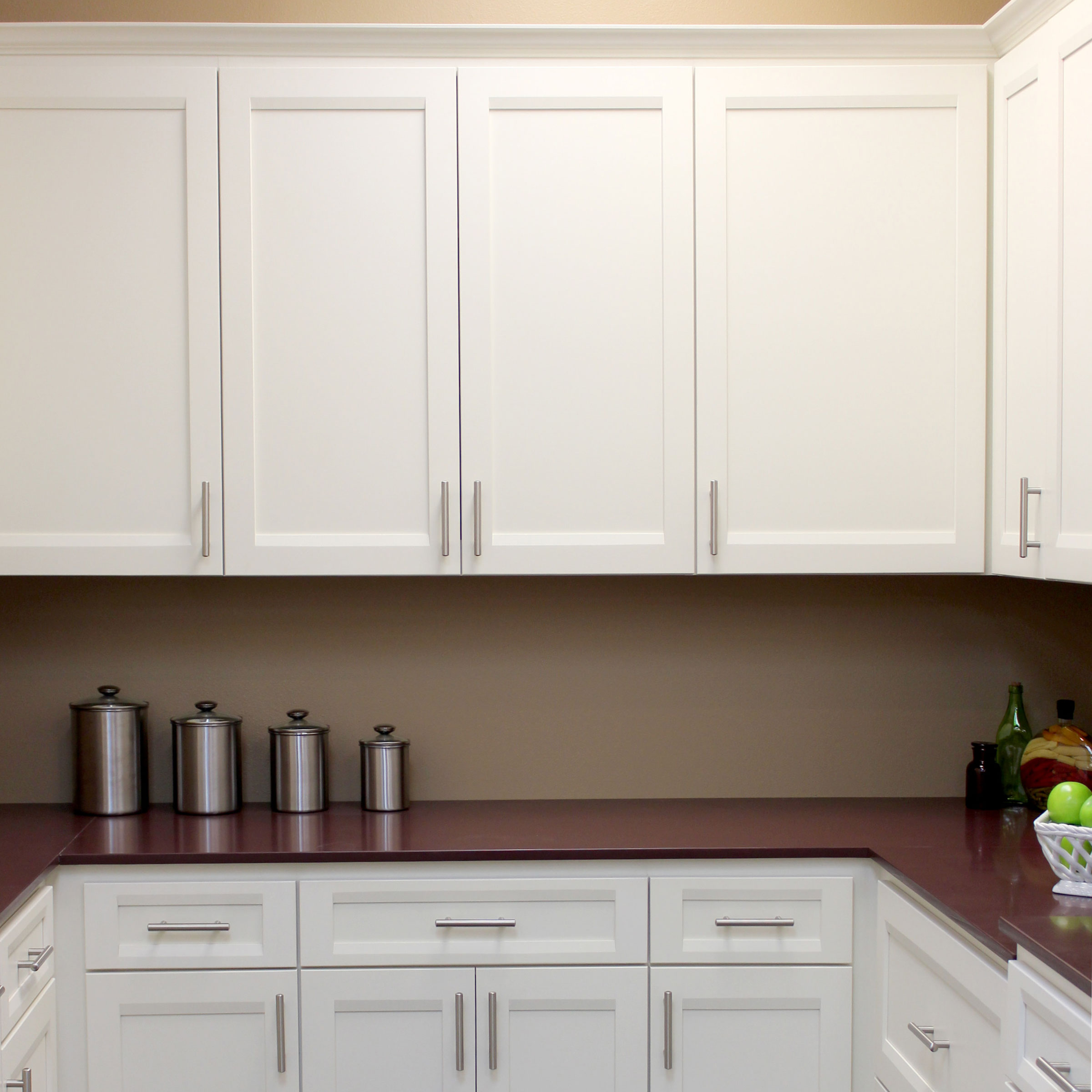Types of Full Overlay Cabinet Doors: What Are Full Overlay Cabinet Doors

Stepping into the world of kitchen and bathroom renovations, the choice of cabinet doors is paramount. Full overlay doors, where the door completely covers the cabinet frame, offer a clean, modern aesthetic. But the variety of materials, styles, and construction methods available can feel overwhelming. This section will illuminate the diverse options, helping you navigate this crucial decision.
Cabinet Door Materials
The material of your cabinet doors significantly impacts their durability, cost, and overall look. Choosing the right material is about balancing aesthetics with practicality and budget. Consider these popular choices:
| Material | Durability | Cost | Aesthetic Appeal |
|---|---|---|---|
| Wood (e.g., Oak, Maple, Cherry) | High; durable and long-lasting with proper care. | High; varies greatly depending on wood type and finish. | Classic, warm, and versatile; can be stained or painted. Offers a wide range of grain patterns and textures. |
| Laminate | Medium; resistant to scratches and moisture but can chip if impacted. | Medium; a more budget-friendly option than wood. | Modern and diverse; available in a wide array of colors and patterns, mimicking wood, stone, or other materials. |
| Thermofoil | Medium; durable and resistant to moisture and scratches, but can dent or peel with significant impact. | Medium-Low; offers a good balance of durability and affordability. | Smooth, clean, and contemporary; often comes in solid colors, although some wood-grain patterns are available. |
Cabinet Door Styles
The style of your cabinet doors contributes significantly to the overall design of your kitchen or bathroom. Let’s explore some popular choices:
What are full overlay cabinet doors – Shaker style doors are characterized by a simple, recessed panel framed by a raised edge. This classic design offers a timeless appeal and works well in both traditional and contemporary settings. Imagine a clean, rectangular frame surrounding a flat, recessed center panel, providing a balanced and understated elegance.
Raised panel doors feature a central panel that is raised above the surrounding frame. This style offers a more ornate and traditional look, with the raised panel adding depth and visual interest. Picture a beautifully arched, raised panel subtly elevated from the surrounding frame, creating a sense of refined sophistication.
Flat panel doors, also known as slab doors, have a completely flat surface with no raised or recessed panels. This style is exceptionally clean and modern, perfect for minimalist or contemporary designs. Envision a sleek, unbroken surface, showcasing the clean lines and simplicity of the design. The lack of ornamentation allows the material and color to take center stage.
Cabinet Door Construction Methods, What are full overlay cabinet doors
The construction method directly affects the longevity and structural integrity of your cabinet doors. Several techniques are commonly employed:
Different joinery techniques significantly influence the strength and durability of the cabinet doors. The choice often depends on the material used and the desired aesthetic.
- Mortise and Tenon: This traditional joinery method involves creating a hole (mortise) in one piece of wood and a projecting peg (tenon) on another, creating a strong and durable joint. It’s often used in high-end, solid wood doors.
- Dowel Joints: Simpler and faster than mortise and tenon, dowel joints use small wooden pegs to connect different pieces. While not as strong as mortise and tenon, they are still quite durable and suitable for many applications.
- Rabbit Joint: This method involves creating a groove (a “rabbit”) on one piece of wood to receive the edge of another piece. It’s a simple yet effective joint, often used in less expensive cabinet doors.
Installation and Considerations for Full Overlay Cabinet Doors

Embarking on the installation of full overlay cabinet doors is a rewarding journey, transforming your kitchen or bathroom from ordinary to extraordinary. However, success hinges on precision and attention to detail. This section provides a roadmap for a seamless installation process, highlighting potential pitfalls and their solutions, ensuring your doors not only look stunning but also function flawlessly for years to come.
Step-by-Step Installation Guide
Accurate measurements and precise alignment are paramount for a professional-looking and functional installation. Failing to achieve these can lead to gaps, misalignments, and ultimately, frustration. The following steps provide a structured approach to minimize these issues.
- Preparation: Begin by carefully removing the existing doors and hardware. Clean the cabinet faces thoroughly, ensuring a smooth surface for accurate measurements and secure attachment.
- Measurement and Marking: Measure the height and width of each cabinet opening meticulously. Transfer these measurements to the back of each cabinet door, marking the hinge locations precisely. Remember to account for any necessary adjustments based on the hinge type and door design.
- Hinge Installation: Attach the hinges to the cabinet doors according to the manufacturer’s instructions. Ensure that the hinges are aligned perfectly and that the screws are securely fastened. Use a level to check for any misalignment during this crucial step.
- Cabinet Mounting: Carefully align the hinges on the cabinet doors with the corresponding mounting plates on the cabinet frames. Use shims if necessary to ensure proper alignment and avoid gaps. Securely fasten the hinges to the cabinet frames.
- Door Adjustment: Once all the doors are hung, carefully adjust each door to ensure perfect alignment and smooth operation. Use the hinge screws to fine-tune the vertical and horizontal alignment, and adjust the door’s gap with the adjacent door.
- Hardware Installation: Finally, install the cabinet knobs, pulls, or handles. Ensure they are correctly aligned and securely fastened, completing the transformation.
Challenges and Solutions in Different Cabinet Configurations
Installing full overlay doors in non-standard cabinet configurations presents unique challenges. Addressing these proactively can save time and prevent costly mistakes.
- Problem: Achieving precise alignment in corner cabinets due to the angled surfaces and limited access.
Solution: Use specialized corner hinges designed for full overlay doors, and carefully measure and mark the hinge locations, paying close attention to the angles. Consider using adjustable hinges to fine-tune the alignment after installation. - Problem: Maintaining consistent gaps and alignment in angled cabinets, where the doors are not perfectly parallel.
Solution: Use adjustable hinges and carefully plan the hinge placement to compensate for the angle. Take extra care during the measurement and marking phase to ensure accurate alignment. - Problem: Difficulty in achieving a seamless look when installing full overlay doors on cabinets with varying depths or heights.
Solution: Use shims strategically to create a consistent gap between the doors and the cabinet frames. Careful planning and precise measurements are key to achieving a professional finish.
Door Adjustment Methods for Perfect Alignment and Functionality
Proper door adjustment is the final, critical step that separates a good installation from a truly exceptional one. It ensures smooth operation and a visually appealing outcome. Minor adjustments can dramatically improve the overall look and feel of your cabinets.
| Adjustment Issue | Description | Solution | Tools Needed |
|---|---|---|---|
| Door too high or low | Door sits unevenly in the frame. | Adjust the hinge screws to raise or lower the door. | Screwdriver, level |
| Door too far forward or backward | Gap between door and frame is inconsistent. | Adjust the hinge screws to move the door closer or further from the frame. | Screwdriver, level |
| Door binds or rubs | Door doesn’t open or close smoothly. | Adjust the hinge screws to create clearance. | Screwdriver, level |
| Gaps between doors are uneven | Inconsistent spacing between adjacent doors. | Adjust the hinge screws to fine-tune the spacing. | Screwdriver, level, shims |
Design and Aesthetics of Full Overlay Cabinet Doors
Full overlay cabinet doors, with their sleek, modern aesthetic, offer a canvas for expressing personal style and enhancing the overall design of a kitchen. The choice of handle style, finish, and door material significantly impacts the final look, transforming a simple storage solution into a statement piece. Careful consideration of these elements ensures the cabinets harmonize with the chosen kitchen style, creating a cohesive and visually appealing space.
The interplay of handle style and cabinet door finish creates a captivating visual narrative. Imagine, for instance, the subtle elegance of brushed nickel cup pulls adorning sleek, white shaker-style doors. The cool tones of the metal complement the crispness of the white, creating a clean, minimalist feel. In contrast, a rustic kitchen might boast dark stained oak slab doors, punctuated by substantial black iron bar pulls, a combination that speaks of enduring strength and timeless appeal. The warmth of the wood is balanced by the boldness of the hardware, creating a striking yet harmonious contrast. Consider also the luxurious feel of polished chrome knobs on rich cherry wood doors, their reflective surfaces catching and scattering light, adding a touch of glamour to a traditional setting. Each combination tells a unique story, reflecting the personality and style of the homeowner.
Handle Styles and Finishes Complementing Cabinet Door Styles
The selection of handles and finishes is crucial in achieving the desired aesthetic. A variety of handle styles, from sleek minimalist bars to ornate knobs, offer diverse design options. These styles can be further enhanced by the choice of finish – matte black, brushed nickel, polished chrome, or oil-rubbed bronze – each offering a different visual impact and level of reflectivity. For example, minimalist bar pulls in brushed nickel create a clean, modern look when paired with flat-panel cabinet doors, while ornate brass knobs add a touch of vintage charm to raised-panel doors. The careful coordination of handle style and finish with the overall cabinet door style is key to achieving a cohesive and visually appealing design.
Design Ideas for Different Kitchen Styles
The versatility of full overlay cabinet doors allows for seamless integration into various kitchen design schemes. The following design ideas showcase the adaptability of this style across diverse aesthetic preferences.
- Modern Kitchen: Sleek, flat-panel doors in high-gloss white or a bold color like charcoal grey, paired with minimalist bar pulls in brushed nickel or matte black. Integrated handles, seamlessly integrated into the door surface, provide a clean, uncluttered look. Consider incorporating glass-fronted cabinets to add visual interest and showcase prized china or glassware.
- Traditional Kitchen: Raised-panel doors in warm wood tones like cherry or oak, accented by ornate brass or bronze knobs. Consider using a variety of cabinet heights and shapes to add visual interest and create a sense of depth. Crown molding and decorative trim can further enhance the traditional aesthetic.
- Rustic Kitchen: Reclaimed wood doors with a distressed finish, paired with substantial black iron or pewter pulls. Consider incorporating open shelving alongside the full overlay cabinets to create a more relaxed, informal feel. A mix of wood tones and textures can add warmth and character to the space.
